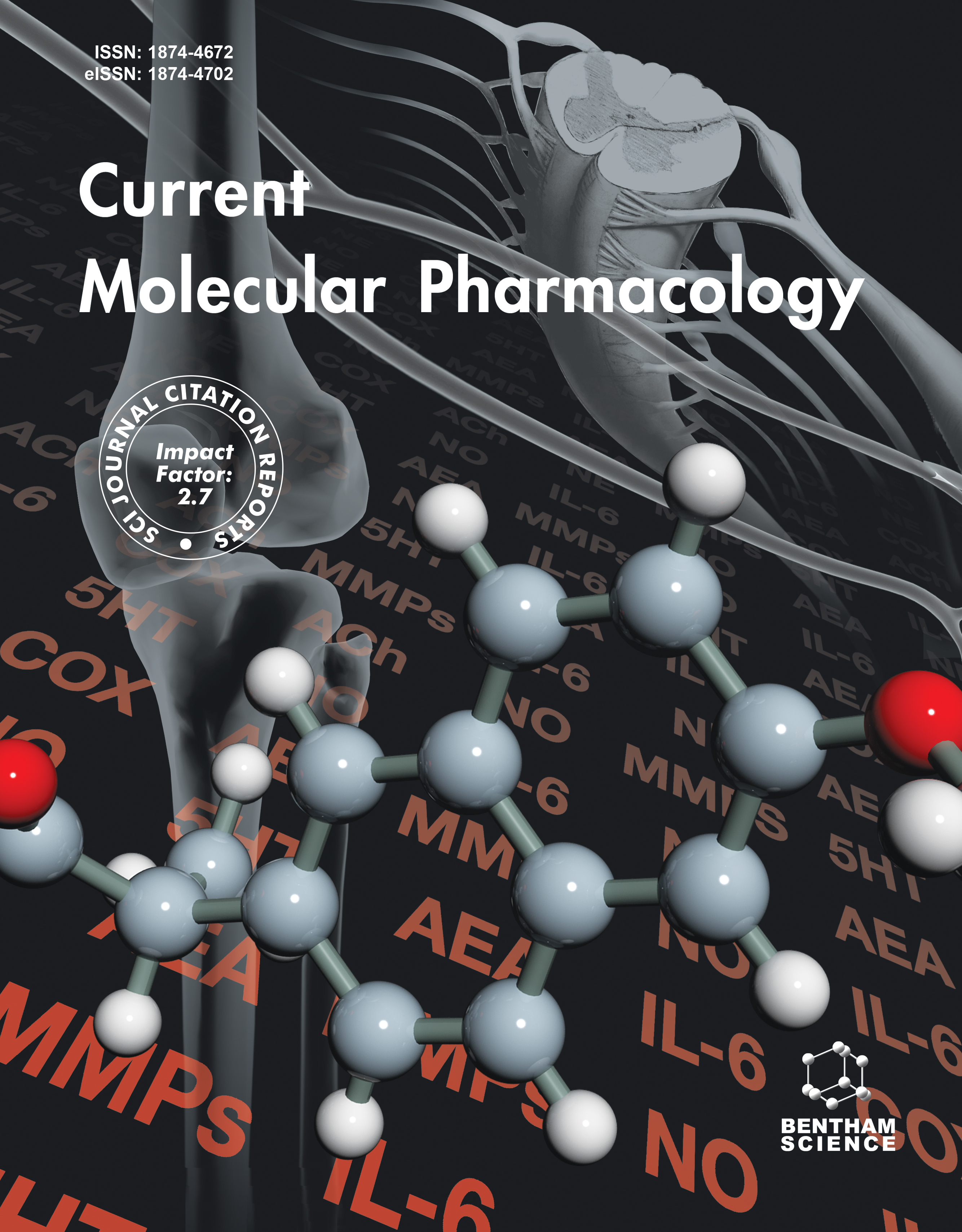-
oa Grp94 Inhibitor HCP1 Suppressed the Replication of SVA in BHK-21 Cells and PK-15 Cells
- Source: Current Molecular Pharmacology, Volume 17, Issue 1, Jan 2024, e050723218413
-
- 29 Sep 2022
- 08 Jun 2023
- 23 Aug 2023
Abstract
Glucoregulatory protein 94 (Grp94) is necessary for the post-viral life cycle and plays a quality control role in viral proteins, but the role of Grp94 in regulating viral replication in host cells is not well known. Therefore, finding a compound that can regulate Grp94 will help us to study the mechanism of viral replication. Previously, we synthesized a coumarin pyrazoline derivative HCP1 that is an effective inhibitor of Grp94. We suppose that HCP1 may inhibit viral replication.
This study aimed to investigate the effect of HCP1 on the replication ability of Senecavirus A (SVA), so as to provide a target and a leading compound for revealing the pathogenic mechanism of the virus and developing antiviral drugs.
Rat cell lines BHK-21 and porcine cell lines PK-15 were infected with SVA, and the infected cells were treated with different concentrations of HCP1. The cell viability (CCK-8), virus titer (TCID50), autophagy level, and Grp94 expression were measured.
The results showed that a low concentration of HCP1 decreased viral titer and viral load in BHK-21 and PK-15 cells, and 5μM HCP1 significantly decreased the expression of SVA VP2 protein. In addition, SVA infection can lead to an increased level of autophagy, and HCP1 can inhibit host cell autophagy caused by SVA infection, thereby inhibiting viral replication and infection.
These findings reveal that Grp94 is a key factor in controlling SVA replication, and its inhibitor HCP1 suppresses SVA replication by inhibiting the increase of Grp94 protein level and autophagy induced by SVA. This study will contribute to the development of a new class of small-molecule antiviral drugs.


